In the Naval Gazing Discord recently, there was a discussion of the development of the Oliver Hazard Perry class frigates. Now, it's reasonably well-documented that the initial batch of Perrys were designed to carry the SH-2 Sea Sprite helicopter, but when the SH-60B Seahawk was introduced, the flight deck had to be lengthened to accommodate the bigger helicopter. This was done by extending the stern, which lengthened the hull slightly, bringing overall length from 445' to 453', although waterline length remained constant at 408'.
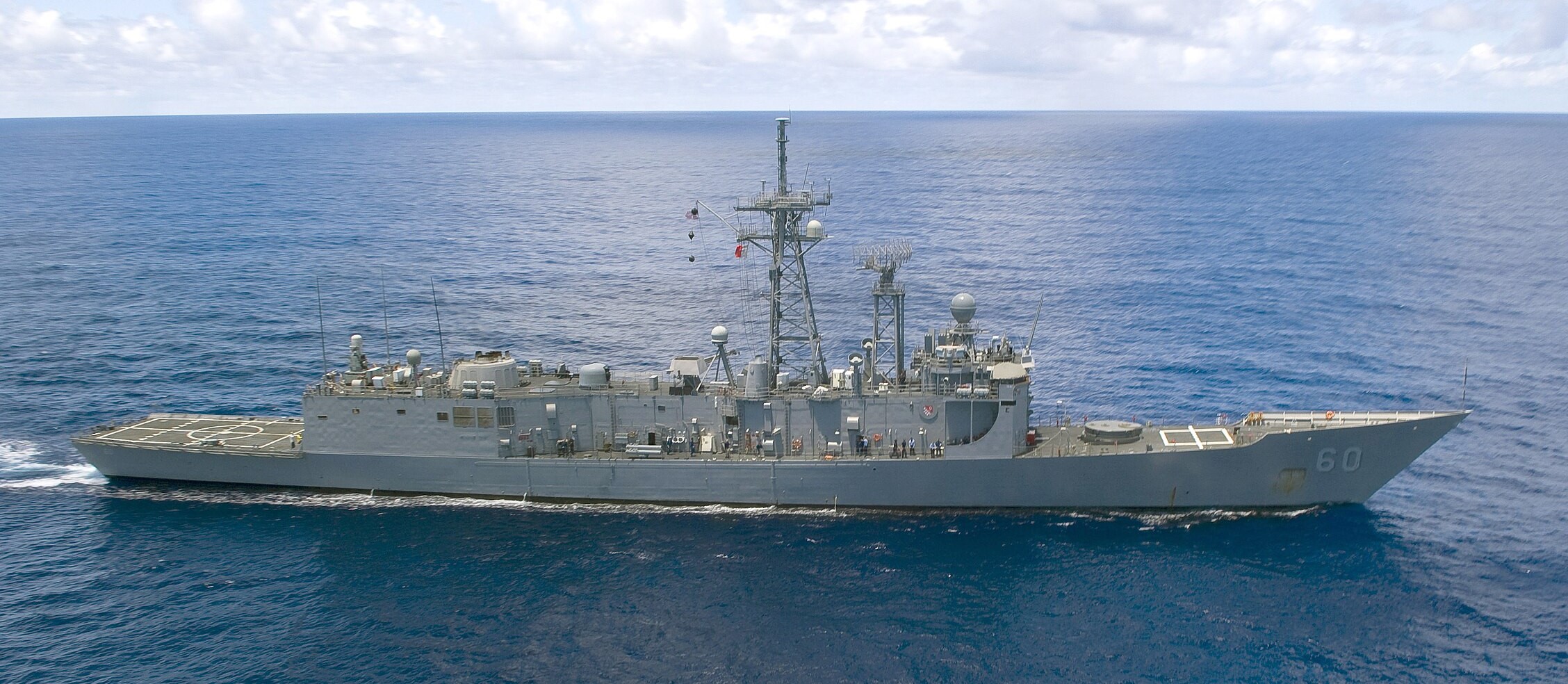
Rodney M. Davis, a long-hulled Perry showing the sloped stern
But while looking into this, I found a weird discrepancy in the reported displacement. My 1993 copy of Ships & Aircraft of the US Fleet gives the full-load displacement of the short-hull version as 3,658 tons, but says "except 3,900-4,100 tons for ships with LAMPS III modification". Now, this is a big, big jump, particularly towards the upper end of that range, which other sources often extend to 4,200 tons. When you're talking over 10% of initial displacement relative to full load, that's a lot and tends to really screw up the ship. It's rare that the designers leave that much margin, particularly in something like the Perry, which was intended as a pretty austere design. The even bigger question is exactly what was added. The difference between the two designs is fairly obvious if you know what to look for (the short-hulled ships have a pretty much straight stern, while there's a pronounced rake on the long-hulled vessels) but when the length is changing by less than 2% (and it should be a fairly light 2% because it doesn't go below the waterline) and the displacement changes by 10-15%, you start to wonder what is going on. The only other change noted in the books is the towed array, which is an SQR-18 on the short-hull ships and SQR-19 on the long-hulled ships. Firm details on the SQR-18 are lacking, but the entire SQR-19 system weighs only 27 tons, so that's out as a cause of the discrepancy.
Read more...
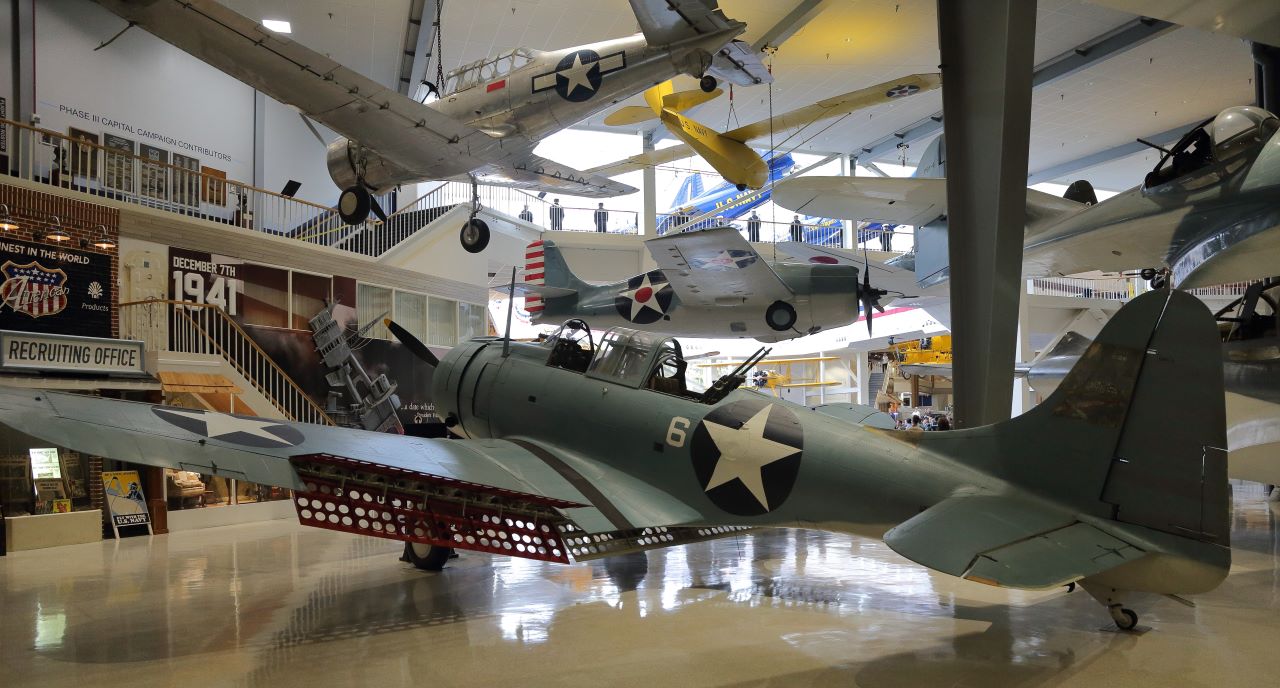

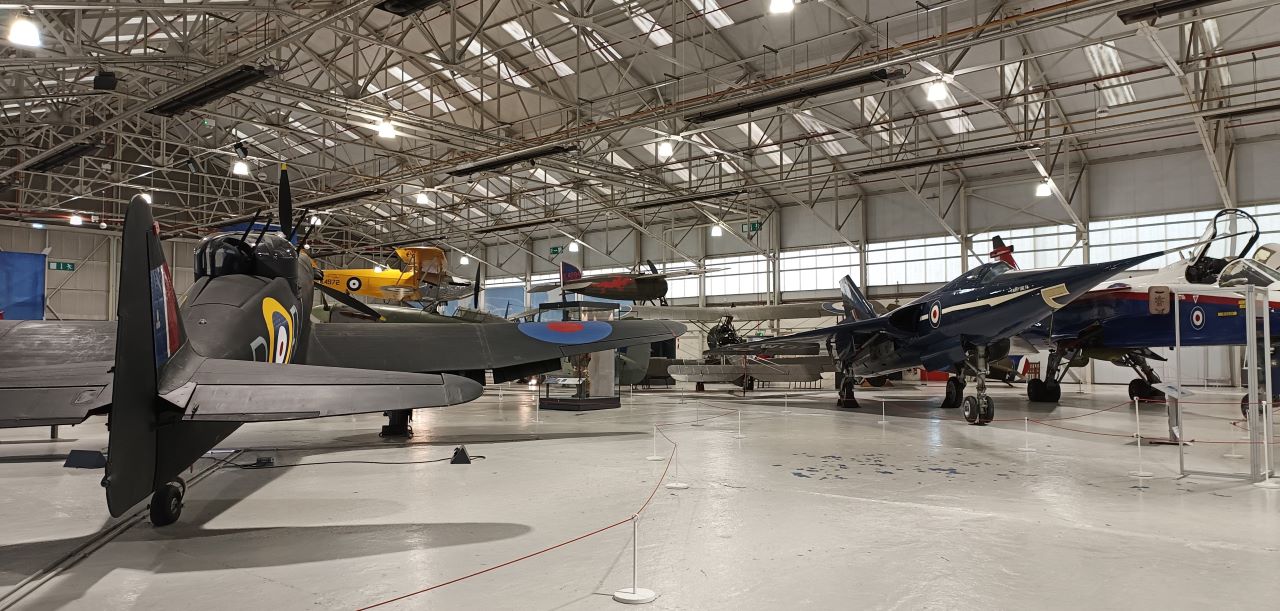
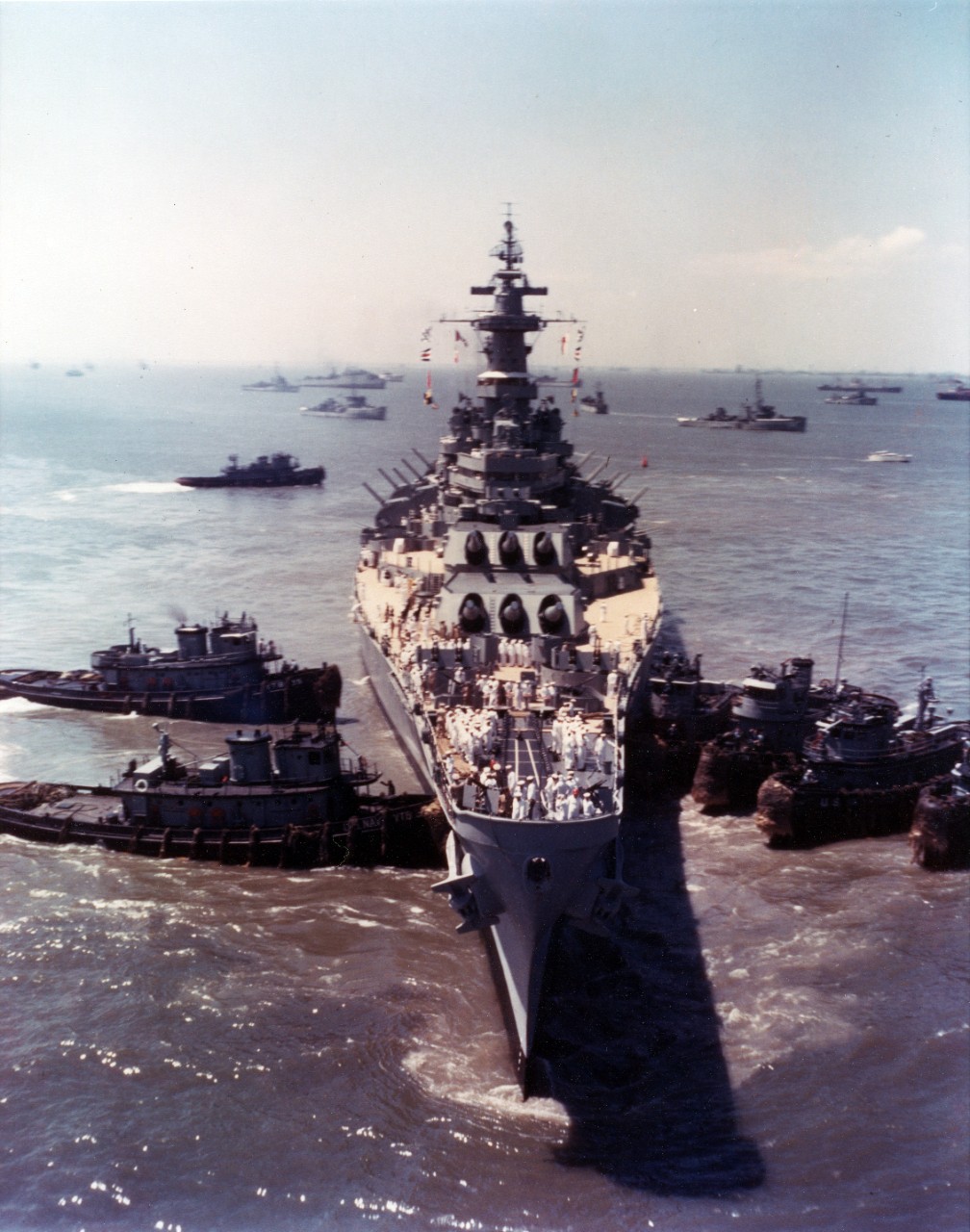
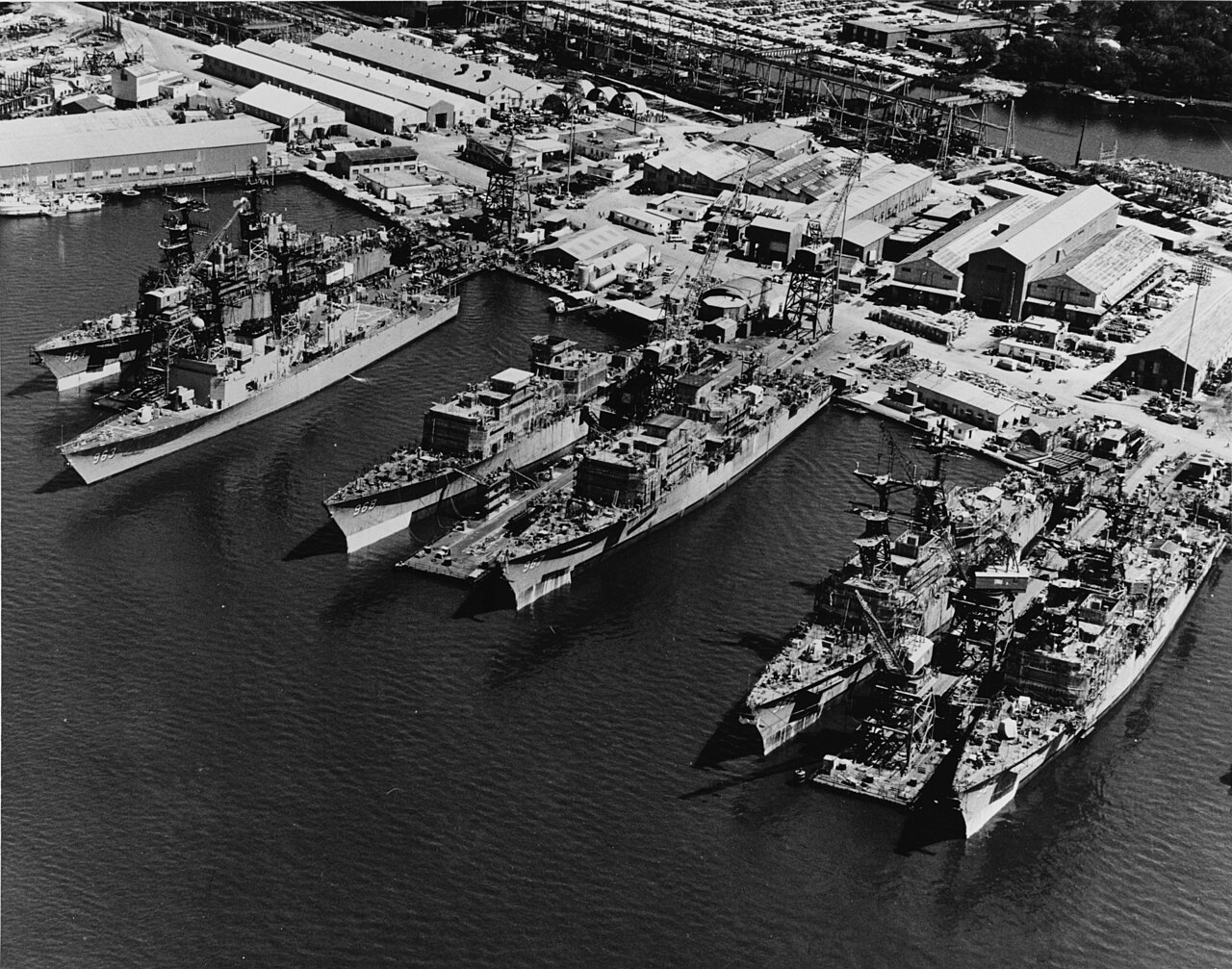

Recent Comments